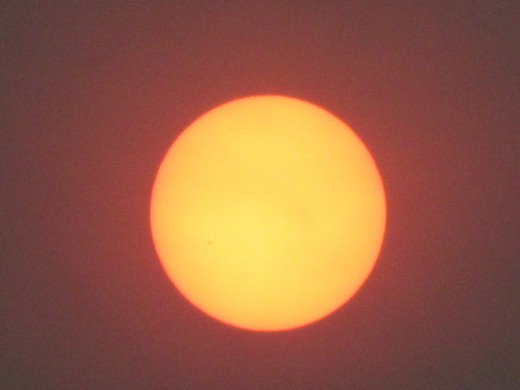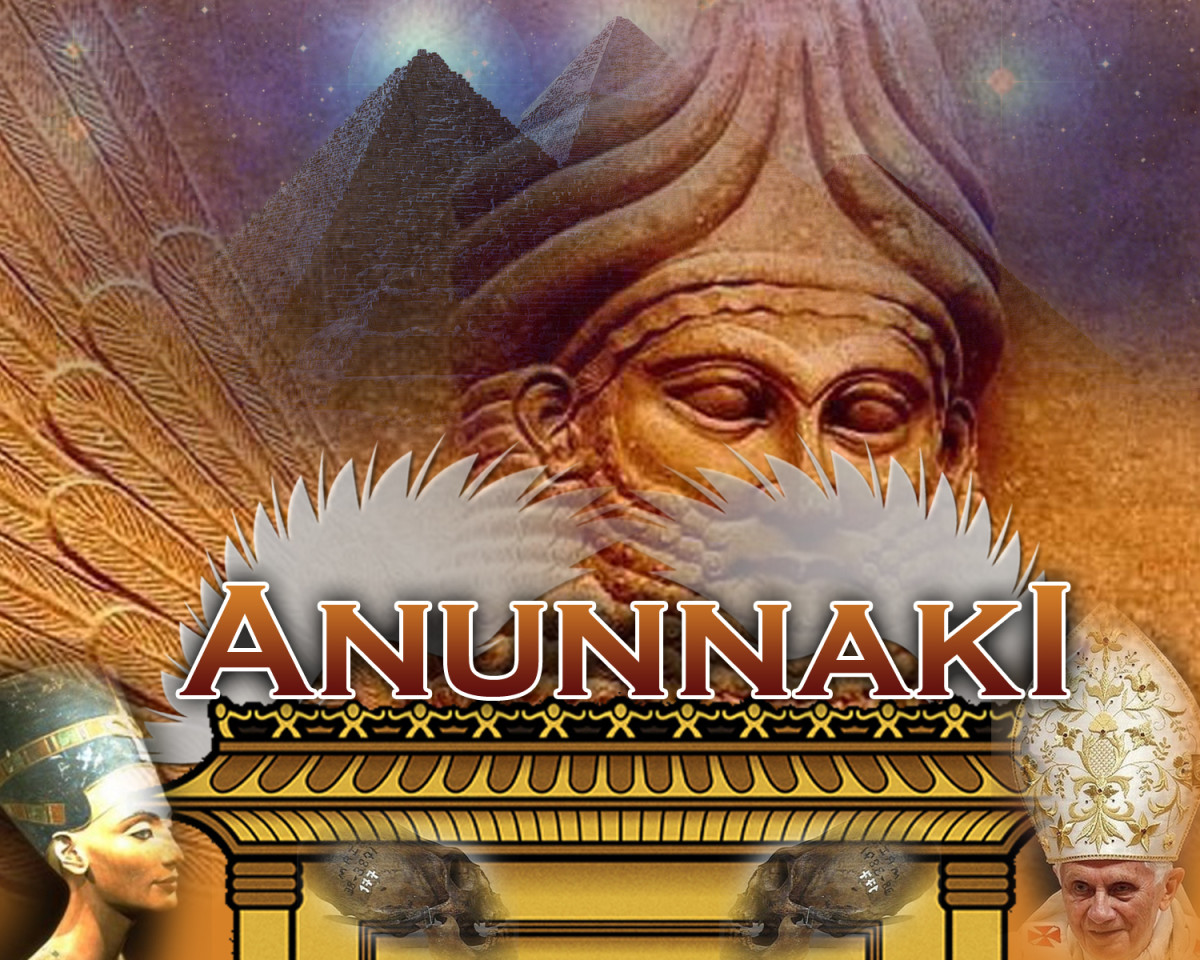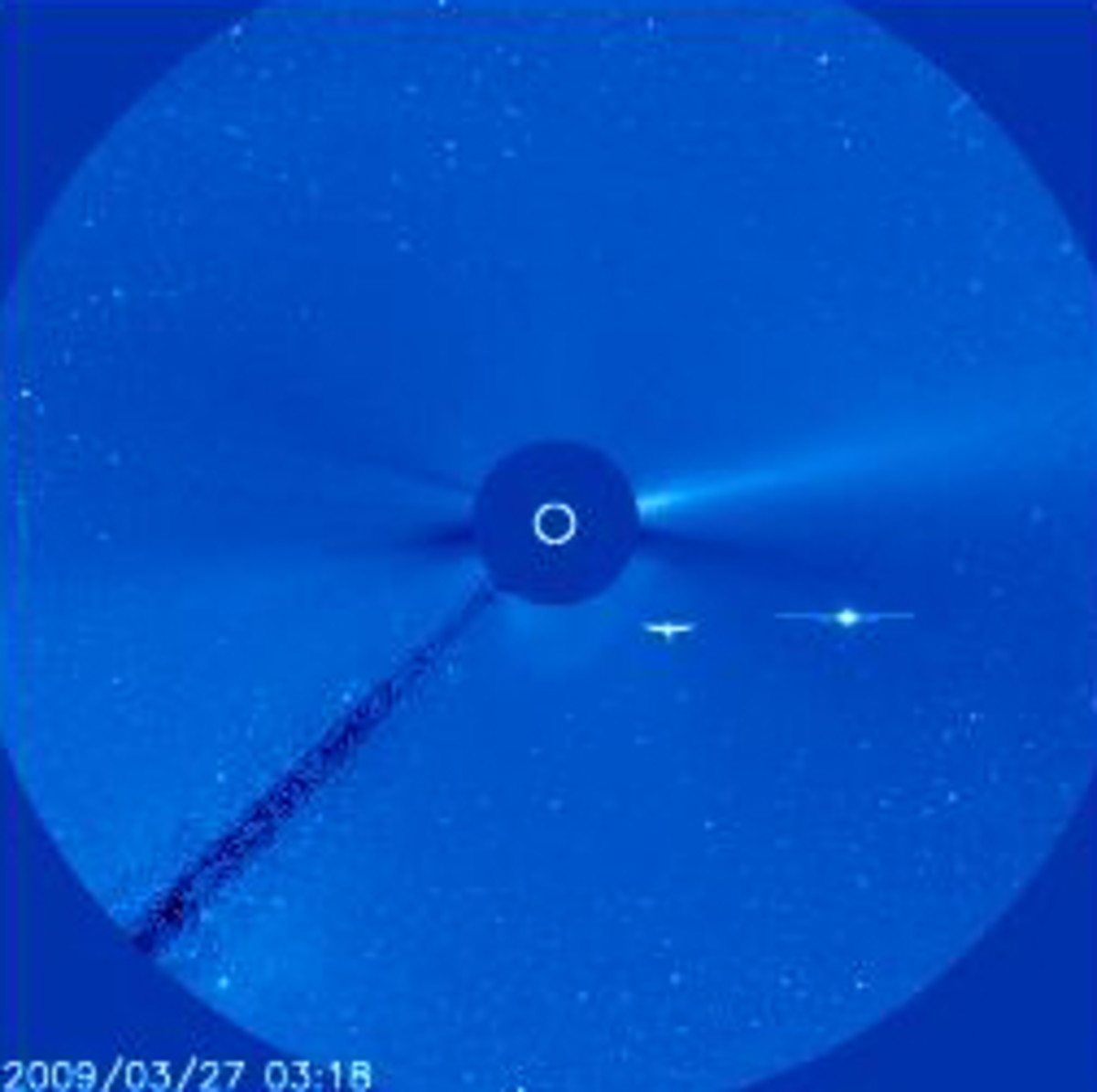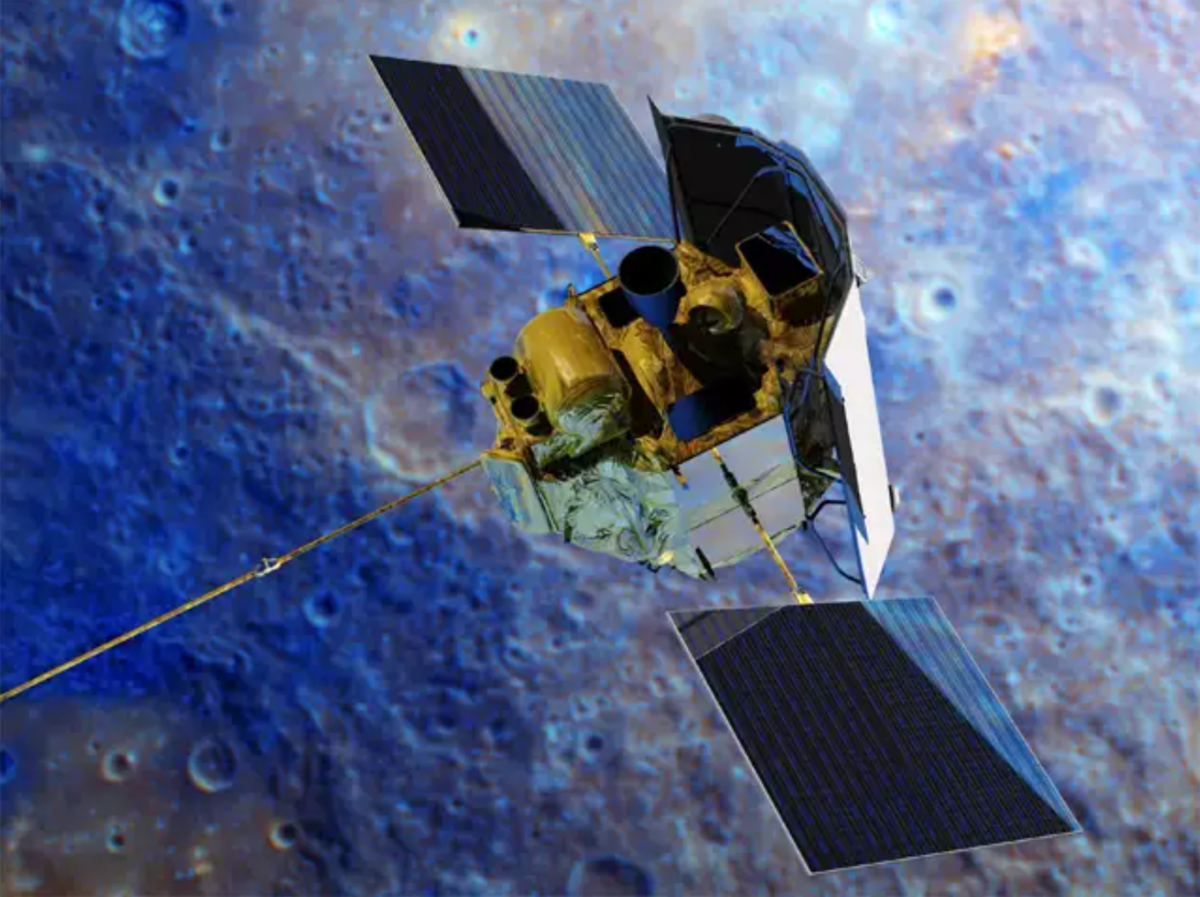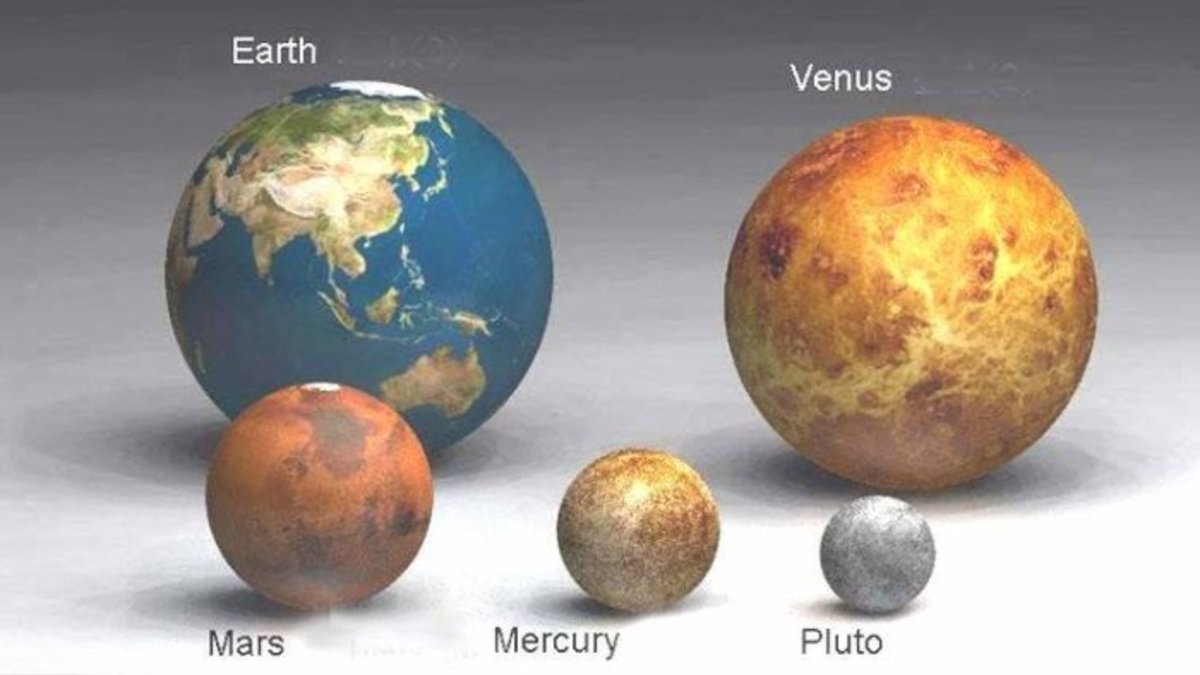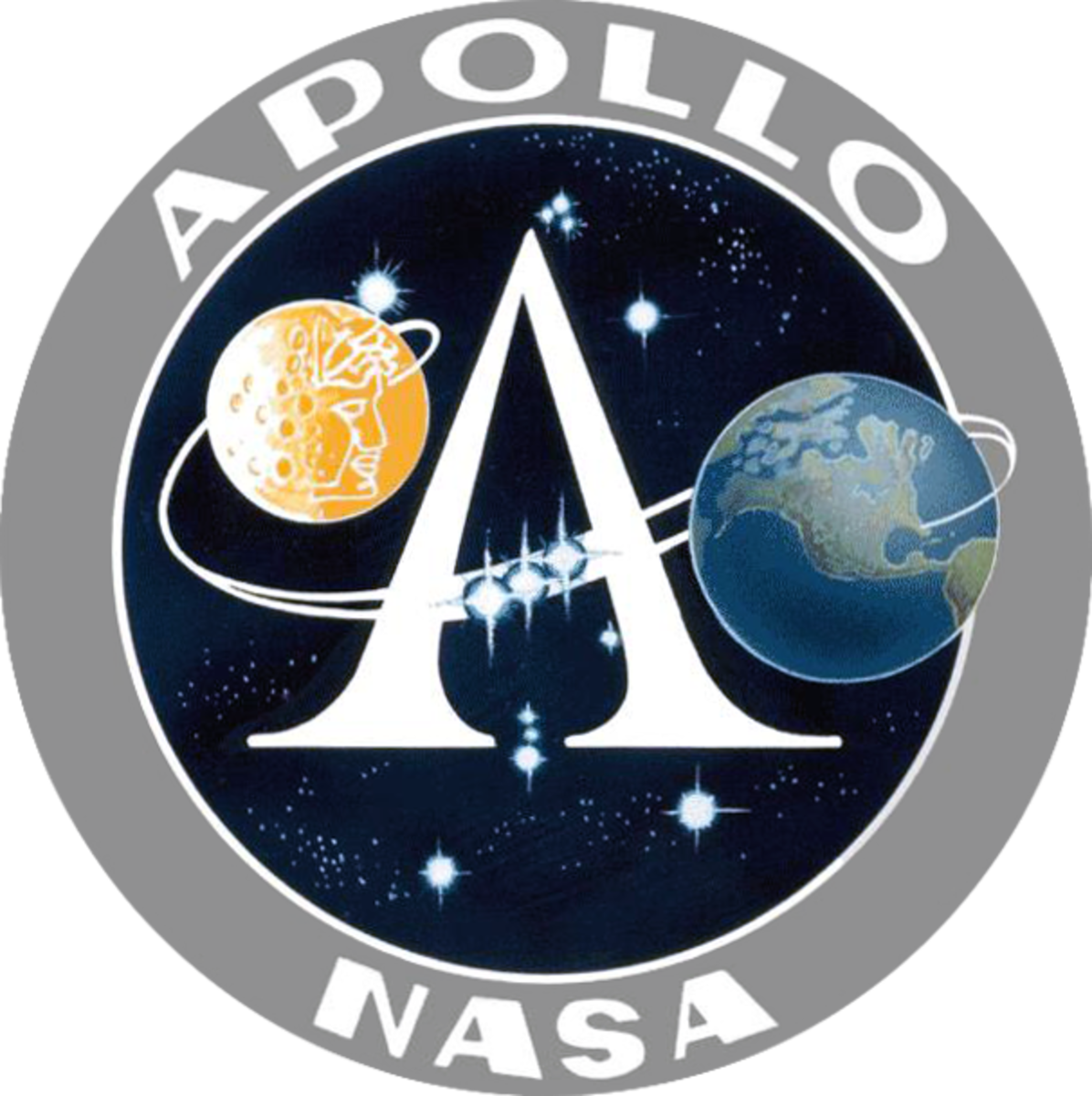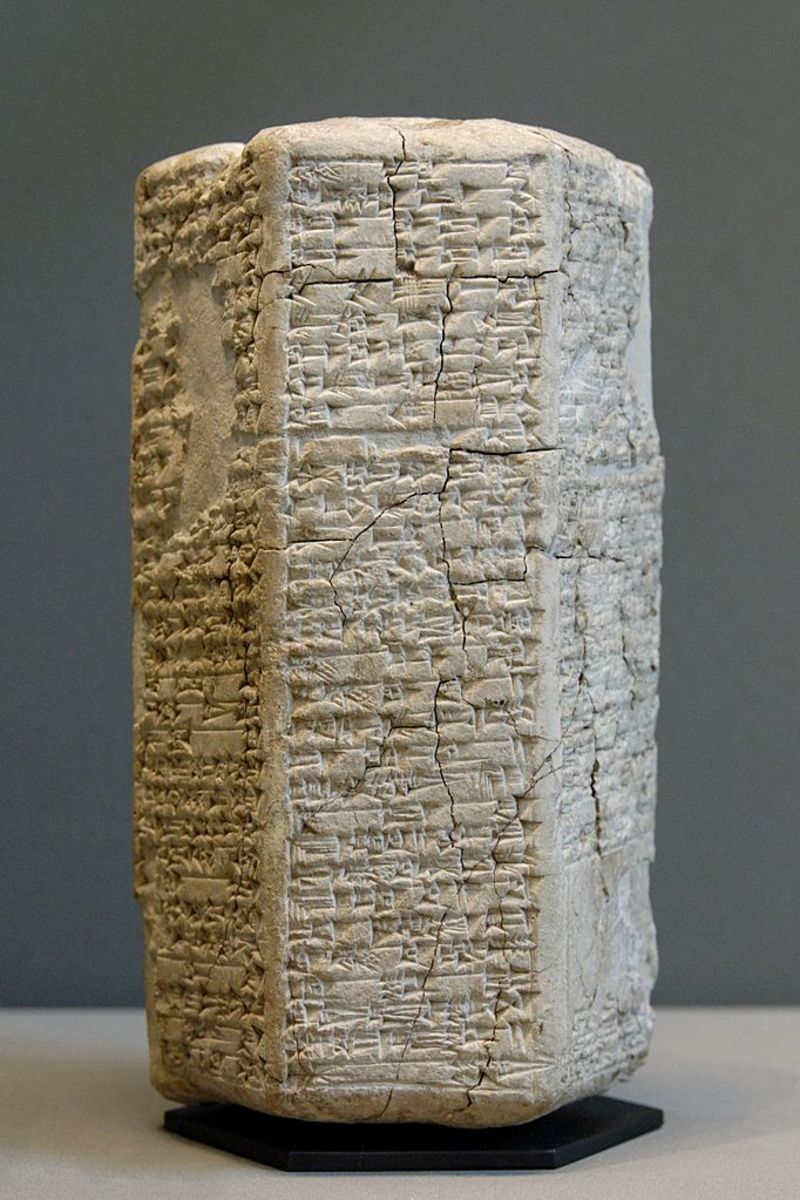What The Heck Did I Take Photos of Tonight, June 30, 2015
Elenin, Nibiru, The Destroyer ?
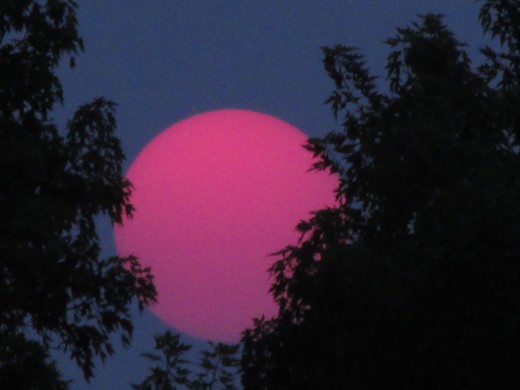
What Is It?
In this article What The Heck Did I Take Photos of Tonight, June 30, 2015 I will show you some rather odd photos of a planet of unknown origins. I don't think it is our Sun for a number of reasons, which I will outline below. I'm pretty excited ATM because this thing was huge and bright pinkish red and you could see it so clearly.
I was out in my backyard tonight around 7:15 p.m. talking to my brother on the phone when I looked up and saw this huge pinkish red planet setting in the North, I freaked out. I told my brother I would call him back and ran and got my camera and took about 10 photos of this huge bright pink planetary object. Then I ran and got my neighbor so he could look at it too. He was as confused as I was because if it was the Sun we shouldn't be able to look right at it and it shouldn't be setting in the North.
We walked around the back yard for twenty minutes looking at it from different angles as it set behind some trees. We discussed the possibilities and came to some rather startling conclusions.
1. We shouldn't be able to look right at the Sun.
2. There was no glare what so ever.
3. You could see the edges of the planet.
4. It was bigger than anything we had ever seen in the sky in our lives.
5. The color was very odd, almost a bright neon pink or light red.
6. It was moving toward the horizon very quickly.
7. Instinctively we didn't feel like we were looking at the Sun, it looked like a planet.
8. We couldn't figure out why it was setting in the North . . .
After it was below the trees and we could no longer see it, we talked about what we had just seen and noticed that it was still quite light out. I went inside and downloaded my photos and he sent me some links to what other people were saying about it on the internet, which I haven't checked out yet. The time was between 7:15 p.m. and 7:25 p.m., so this thing, whatever it was was moving at a very brisk pace across the sky.
Now I didn't have my time stamp turned on because I was in such a hurry to get some photos of it but without any further conjecture or speculation let's take a look below at what we saw and what I photographed.
It was BIG!
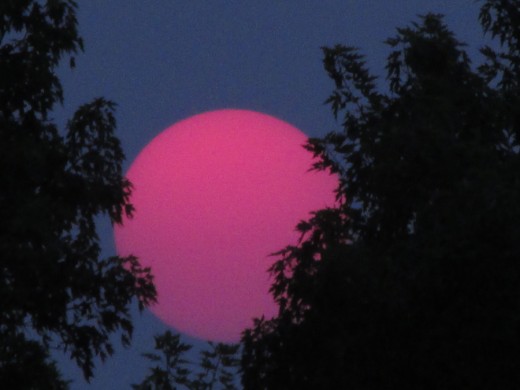
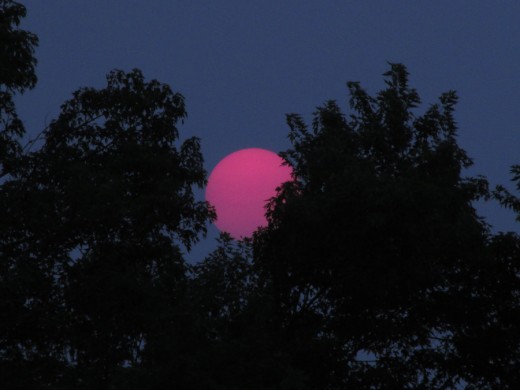
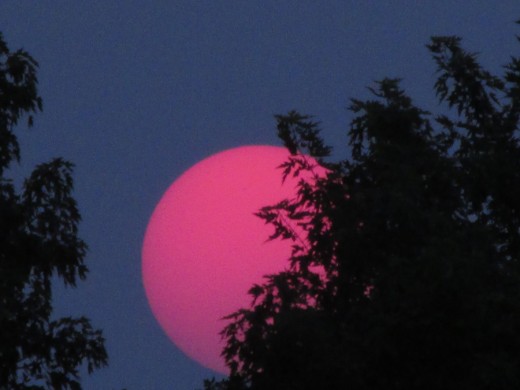
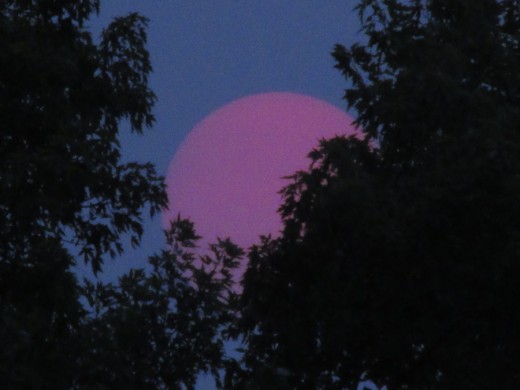
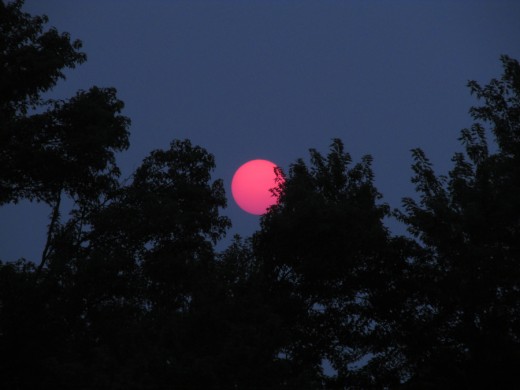

Nay-Sayers
Now I know what most people will think when they see these photos that it is just some really clear pictures of our Sun but without seeing this planet in person I can tell you, every photograph I have ever taken of our Sun has some glare to it and the edges are not distinct.
Of course the wildfires in Canada and Alaska would account for the red hue or color but I can't get over how I was able to look right at it with no glare, if it was indeed the Sun.
Most of the time I have to use a red filter just to take a photo of our Sun and certainly cannot look directly at it with my naked eyes.
It was setting in the wrong direction and after it went down there was still at least one hour of light left, it didn't get dark until 8:30 p.m.
The Sun looks to be about the same size as our Moon, that is why lunar eclipses work, because the Moon fits perfectly over the Sun but this thing was at least five times as big, it was huge.
Folks, it looked like a planet, a big, bright red, planet.
Now anyone that has ever read any of my articles know I fully endorse the concept that Nibiru Planet X is in our solar system but I was not prepared for it being so big, if that is what I photographed. If in fact that is the case it must be really close to our planet, because that thing was a monster.
Here are some more photos . . .
Nibiru Planet X?
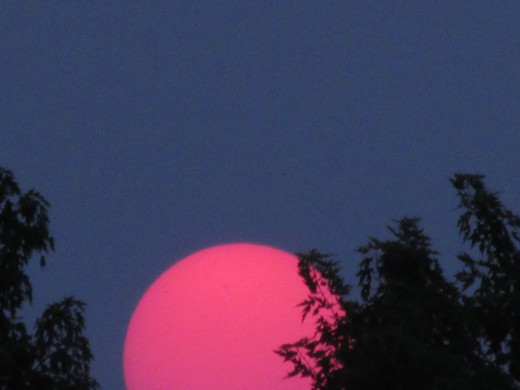
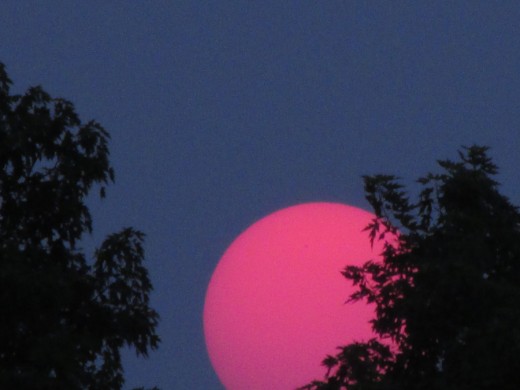
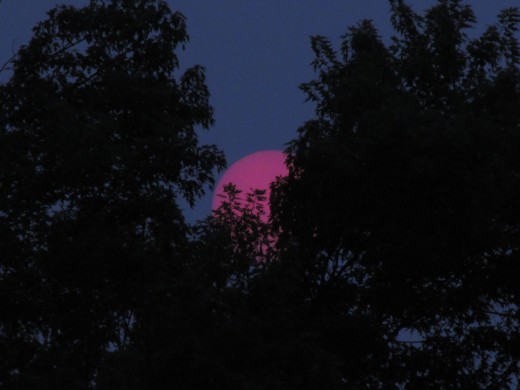
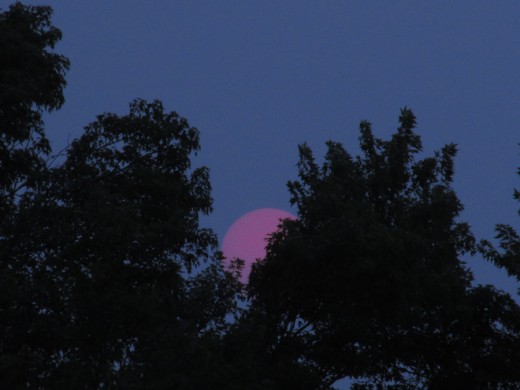
Is It Nibiru Planet X?
Notice there is no glare, from this planet, even our Moon will have some diffused edges when photographing it (see photos below taken an hour later) but I have never been able to get a clear photo of our Sun like the ones above without a filter.
I'm not completely convinced this is Nibiru Planet X I photographed but I'm fairly certain it wasn't our Sun.
I will try to get some better photographs tomorrow at the same time but if it wasn't Nibiru Planet X I photographed then I'm at a loss to what it could be . . .
You Make the Call . . .
What did I photograph?
The Moon
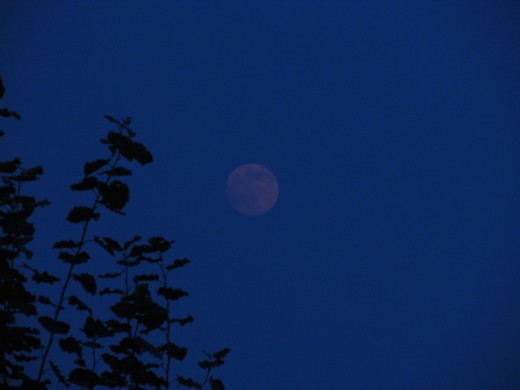
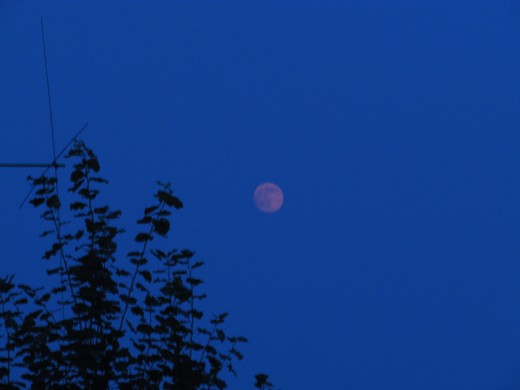
Upon Further Review
Upon further review it has been determined that wildfires in Canada and Washington State released smoke and other particles into the atmosphere which rose to 25,000 feet and was carried by the jet stream over many Eastern States from Maine to Georgia.
These particles diffused the light in such a manner that it made it easier to see the orange and red hues of the color spectrum or least this is what the scientific experts and meteorologists are telling us.
Of course if you consider the explanation for why the sky is blue, then the above explanation for why our Sun was red really doesn't make sense. They (scientific experts) tell us the reason the sky is blue is because atmospheric dust particles diffuse the light from the Sun to the point that the dominant color, which is blue, makes up the majority of colored light seen by the human eye.
So while this might actually make sense to some people, one might ask themselves, why the Sun was bright neon pinkish red on June 30, 2015 (just one day) when these same forest fires have been burning for a week.
Why wasn't the Sun bright red the day before or the day after?
This is what is known as disinformation, so while on the whole the explanation makes sense, upon further investigation isn't quite adding up . . . ?
So if the wildfire explanation is going to hold any water we will get to see a red neon Sun on a regular basis throughout the wildfire season, which makes me wonder why we haven't seen this phenomenon in the past during particularly large Western wildfires, things that make you go hmmmm?
C'mon now folks, you don't get to make up the story as it develops, if this is the true reason for the above photographs, I should be able to get the same photos under the same conditions throughout the wildfire season.
Sun Rise
